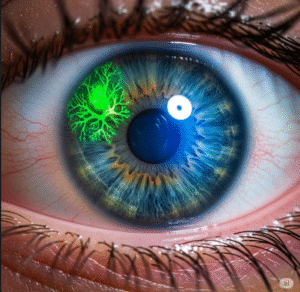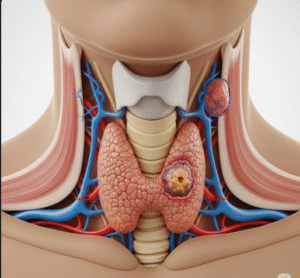Overview
Ataxia is a neurological disorder characterized by a lack of muscle coordination, affecting speech, eye movements, the ability to walk, and fine motor skills. It is not a disease itself but a symptom of underlying conditions that damage the cerebellum—the part of the brain responsible for coordinating movement. In Korea, comprehensive diagnostic facilities and advanced neurological care are available to identify and manage different types of ataxia.
What is Ataxia?
Ataxia refers to a group of disorders that impair coordination, balance, and voluntary muscle control. It can be acquired (due to injury, stroke, or infection), hereditary (such as Friedreich’s ataxia), or idiopathic (unknown cause). Ataxia can be episodic or progressive, depending on the underlying cause.
The term “ataxia” comes from the Greek word meaning “lack of order,” accurately describing the disorganized movements it causes.
Symptoms
- Poor coordination and balance
- Unsteady gait or difficulty walking
- Slurred or slow speech (dysarthria)
- Difficulty with fine motor tasks (e.g., buttoning clothes)
- Involuntary eye movements (nystagmus)
- Tremors or shaking limbs
- Fatigue and dizziness
- Problems with swallowing or writing
Causes
- Genetic disorders (e.g., spinocerebellar ataxias, Friedreich’s ataxia)
- Stroke or brain hemorrhage
- Multiple sclerosis
- Brain tumors or lesions
- Alcohol abuse (chronic cerebellar degeneration)
- Head trauma
- Vitamin B12 or E deficiency
- Infections (e.g., encephalitis, meningitis)
- Autoimmune diseases (e.g., gluten ataxia, multiple system atrophy)
- Toxic exposure to drugs, heavy metals, or solvents
Risk Factors
- Family history of ataxia
- History of stroke or brain injury
- Autoimmune conditions
- Alcoholism or chronic substance use
- Neurological disorders
- Vitamin deficiencies
Complications
- Permanent disability from coordination loss
- Frequent falls and injury risks
- Speech and communication challenges
- Emotional distress, anxiety, and depression
- Dependence on mobility aids or caregivers
- Difficulty performing daily tasks
Prevention
While inherited forms of ataxia cannot be prevented, certain acquired types can be managed or prevented by:
- Avoiding excessive alcohol consumption
- Managing chronic health conditions (e.g., hypertension, diabetes)
- Using protective headgear to prevent brain injury
- Getting vaccinated against infections that affect the brain
- Maintaining a nutritious diet rich in vitamins B and E
- Early treatment of infections and autoimmune diseases
Treatment Options in Korea
South Korea provides integrated neurological care, genetic testing, and rehabilitative services for managing various types of ataxia.
1. Diagnosis
- MRI or CT scans: To detect brain or cerebellum abnormalities
- Blood tests: To check for vitamin deficiencies, infections, or autoimmune markers
- Genetic testing: For hereditary forms of ataxia
- Electromyography (EMG): To assess muscle and nerve function
- Lumbar puncture (spinal tap): If infection or inflammation is suspected
2. Medications
- Muscle relaxants or antispasmodics to reduce tremors or stiffness
- Anti-seizure drugs for managing episodic ataxia
- Immunosuppressants for autoimmune-related ataxia
- Vitamin supplements (e.g., B12, E) when deficiencies are detected
3. Physical Therapy
- Improves balance, strength, and gait
- Customized exercises to enhance coordination
- Fall prevention strategies
4. Occupational Therapy
- Helps patients perform daily tasks
- Adaptive tools for eating, writing, and dressing
5. Speech Therapy
- Assists with slurred speech and swallowing difficulties
- Language exercises and communication aids
6. Supportive Devices
- Canes, walkers, or wheelchairs to improve mobility
- Orthotic devices for stability and safety













